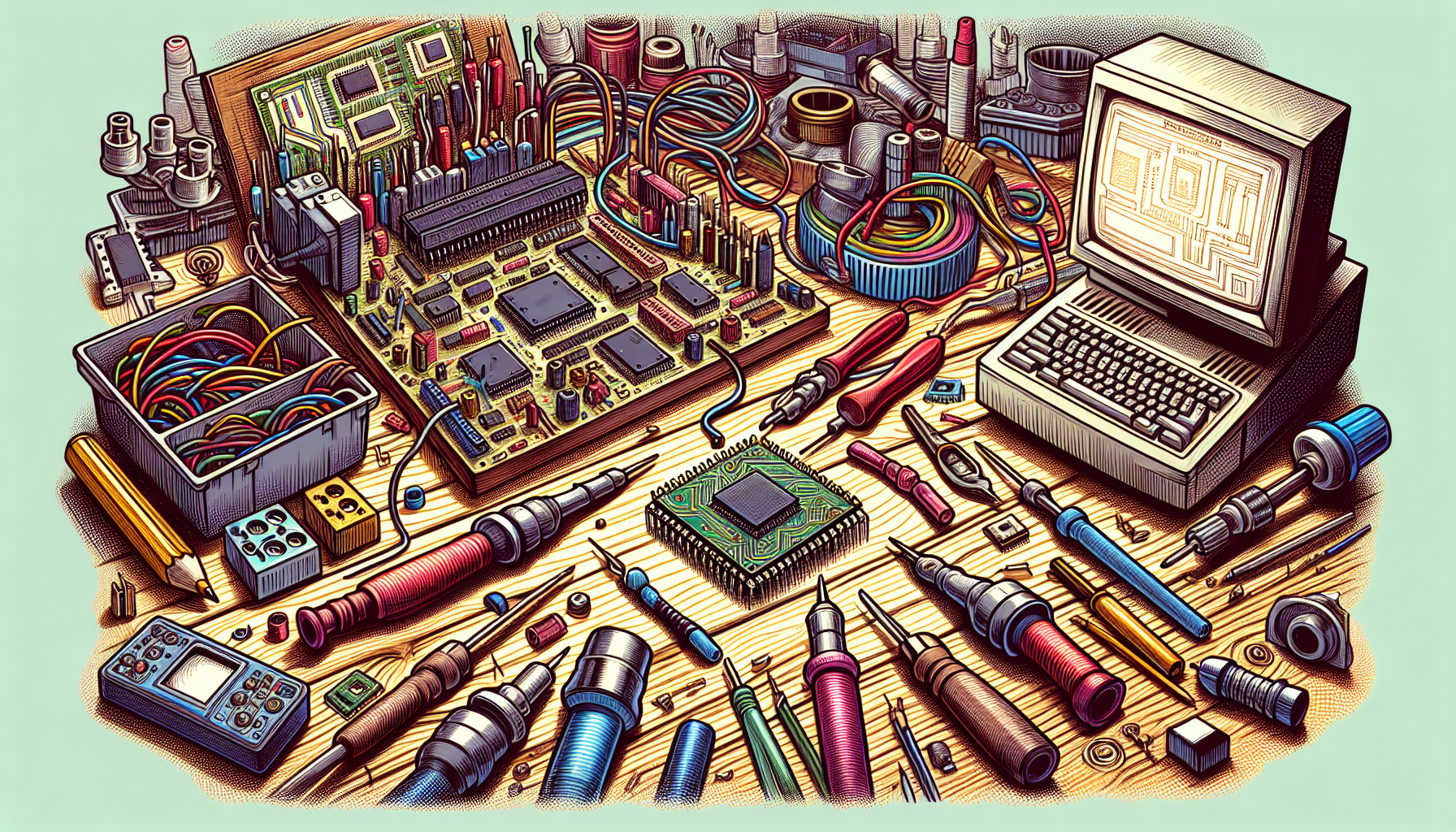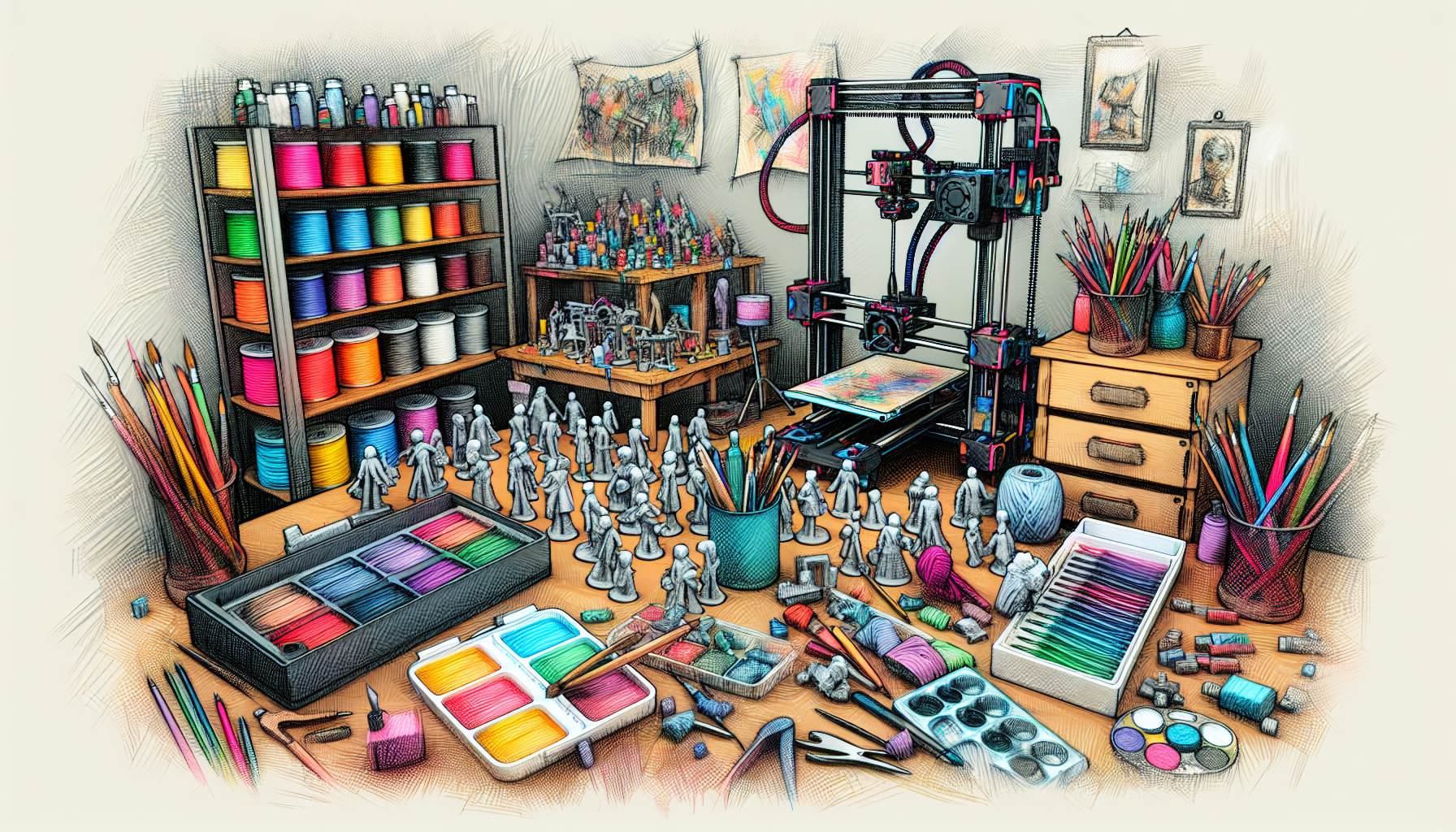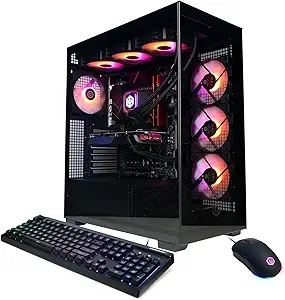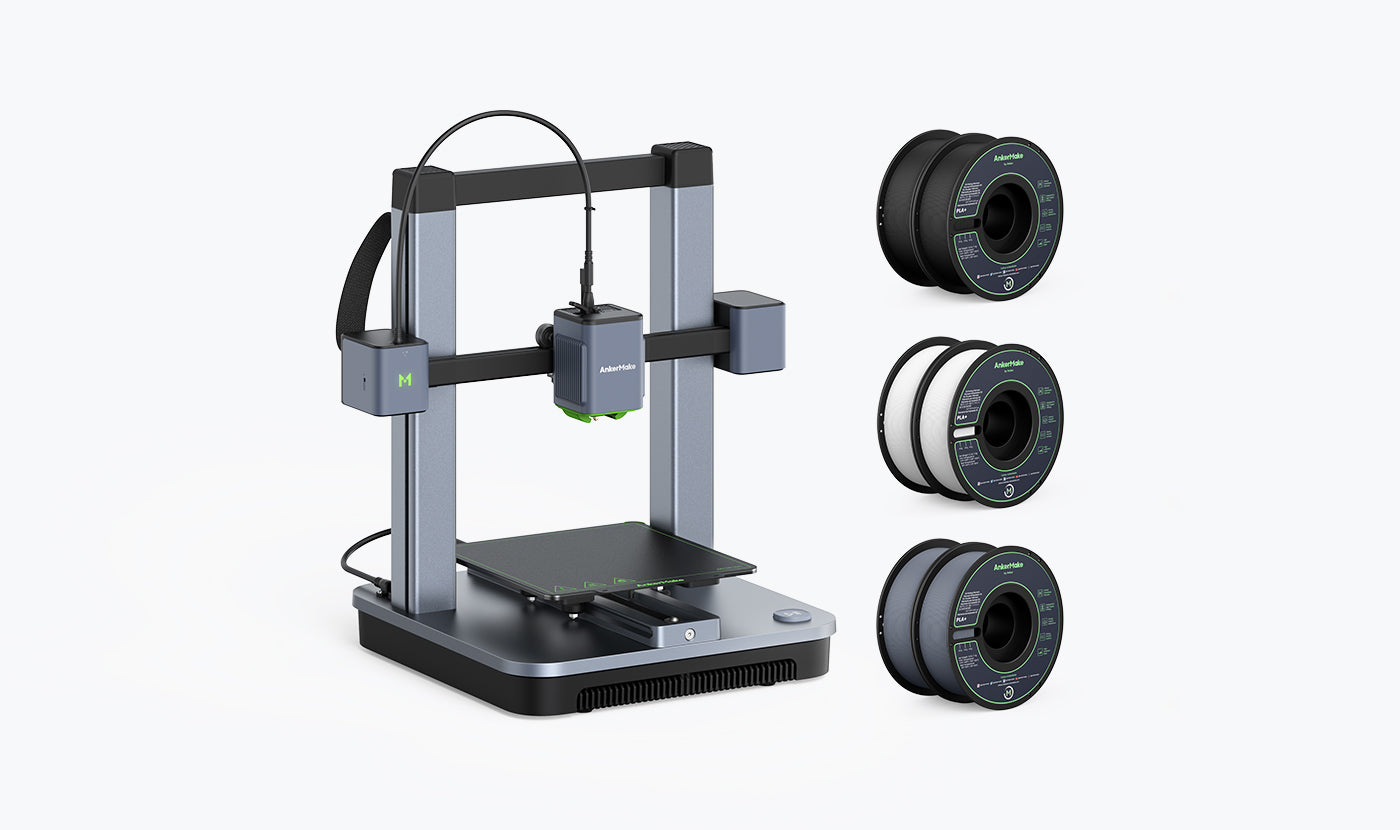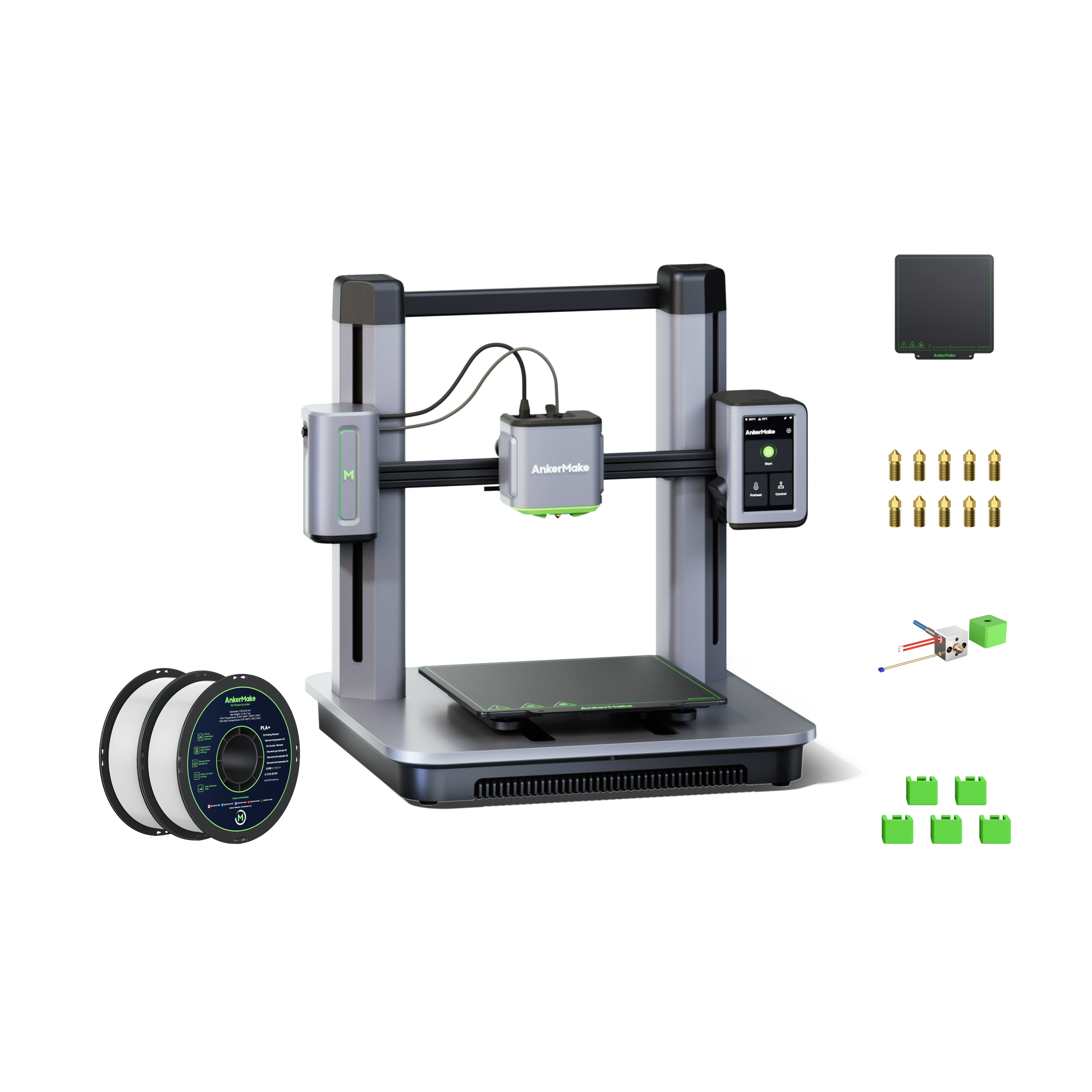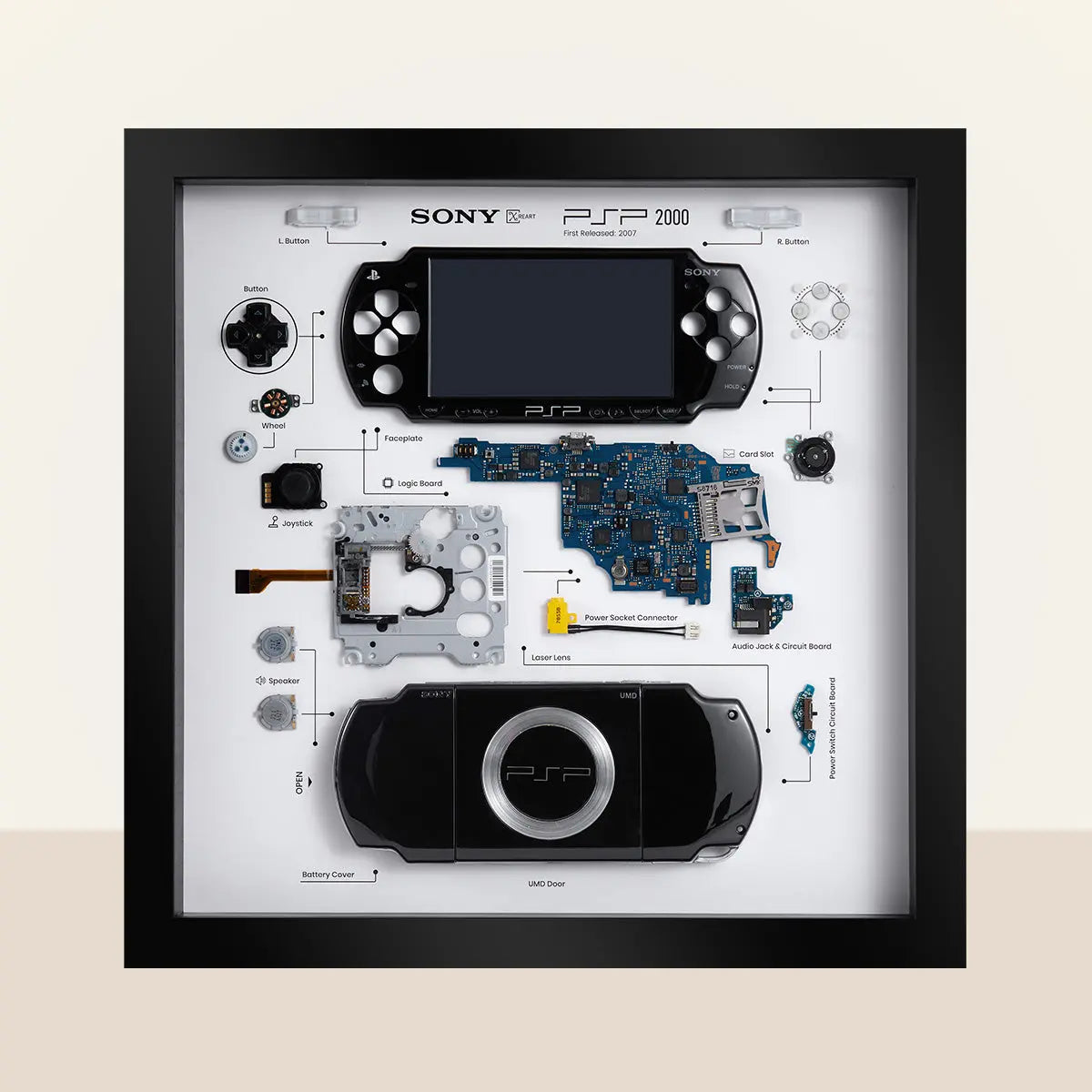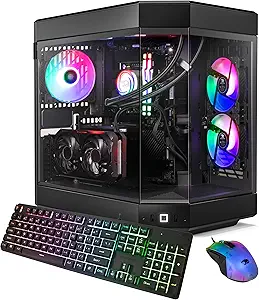In the digital age, where supercomputers and high-speed processors dominate the market, a subtle yet captivating movement is thriving at the heart of the geek world: retro computing. Enthusiasts of all ages are diving into the world of building custom CPUs, exploring minimalist computing through projects like the 8-bit Forth CPU. This exploration channels the energy of bygone eras, invoking both nostalgia and a fresh curiosity about fundamental computing principles.
Delving into Forth’s Historical Significance
The Forth programming language, a stack-based system, finds its roots deep in the annals of computing history. Originally designed in the 1970s by Charles Moore, Forth is adored for its simplicity and efficiency, becoming a favored choice for system programming and embedded systems. I remember stumbling upon Forth as a young programmer and being enchanted by its straightforwardness and how quickly I could manipulate hardware. It felt like opening a door into a realm where the computer was no longer an inscrutable black box, but a canvas I could directly express my ideas upon. Its minimalist nature speaks to the essence of custom hardware projects, allowing builders to layer complexity at their discretion.
In the context of creating custom CPUs, Forth offers a world of opportunities. It enables programmers to focus on low-level machine operations while keeping the language’s overhead minimal. That sense of liberation was intoxicating, enabling creativity to flow freely. For the curious and inventive, diving into Forth is like unlocking the foundational secrets of programming.
My4TH XS: The Epitome of Elegant Design
At the heart of retro computing lies the My4TH XS, a symbol of efficient design in the form of a tiny 8-bit Forth CPU. This board embodies the minimalist spirit, featuring just 13.75 integrated circuits (ICs). Seeing it for the first time sparked memories of building projects with friends, using simple components to create something meaningful. Its operational simplicity is accentuated by the absence of an arithmetic logic unit (ALU), relying instead on an elegant setup that leverages microcode efficiency.
Operating at a fixed clock speed of 8 MHz, the My4TH XS includes a 16 KB EPROM loaded with a Forth operating system capable of handling over 205 standard ‘words’. Although it may lack extensive input/output interfaces, its simplicity invites a focus on essential computing tasks, executed through a terminal interface. This minimalist approach highlights the beauty of doing more with less, a quality often lost in today’s fast-paced tech landscape. It reminds us that sometimes, stepping back can lead to deeper learning.
- 13.75 integrated circuits
- 8 MHz fixed clock speed
- 16 KB EPROM with Forth operating system
- Supports over 205 standard ‘words’
Your Adventure into Building a My4TH XS
Building the My4TH XS is an educational journey that provides practical lessons in soldering, circuit design, and Forth programming. Here’s a simple guide to get started:
- Gather the Components: Obtain a My4TH XS kit which includes all necessary parts. You can find reliable kits from reputable online stores.
- Follow the Schematics: Use the construction manual and schematic diagrams to understand the board layout and component placement.
- Solder Components: Carefully solder each component onto the board, taking note of polarity and placement to avoid errors.
- Test the CPU: Once assembled, power up your My4TH XS and begin programming in Forth to test its functionality.
Engaging in this build is a crucial step toward becoming part of a community that values curiosity and experimentation. I remember the thrill after powering up my first CPU build, the exhilaration of seeing my creation spring to life. Building the My4TH XS opens doors to a rewarding path of learning.
Advancing with My4TH Light
For those seeking to push the limits even further, the My4TH Light represents an evolution of the XS design. This advanced variant broadens the horizons of the original concept with additional features:
- I2C interface for connecting peripherals
- Larger ROM capacity for expanded programming options
- Improved sensory input capabilities
The My4TH Light invites explorations into practical applications that extend beyond basic computing. Whether connecting to more complex systems or experimenting with sensory input, this board transforms the creative playground for technologists, echoing my journey as I ventured deeper into the tech world, constantly fascinated by new possibilities.
Connecting with Fellow Retro Computing Enthusiasts
The community surrounding retro hardware and Forth is vibrant and ever-growing. For specific discussions, I recommend joining:
- Stack Overflow for programming advice
- /r/Forth on Reddit for Forth enthusiasts
Whether you’re looking for a solution to a specific problem or simply want to showcase your completed My4TH XS or Light build, these forums are rich with knowledge and support, fostering a nurturing environment for shared learning. I’ve found answers to many challenging questions there myself, each interaction adding depth to my understanding.
It’s exhilarating to witness the resurgence of interest in retro computing and custom hardware projects. Not only do they revive nostalgia, but they also serve as a fantastic educational tool, encouraging inquisitive minds to delve deeper into the intricacies of computing. So why not take a leap into the past and build your own My4TH XS or explore the wonders of Forth programming? Each challenge you embrace may just lead to a revelation, wrapping you in the joy of creation, one byte at a time.

